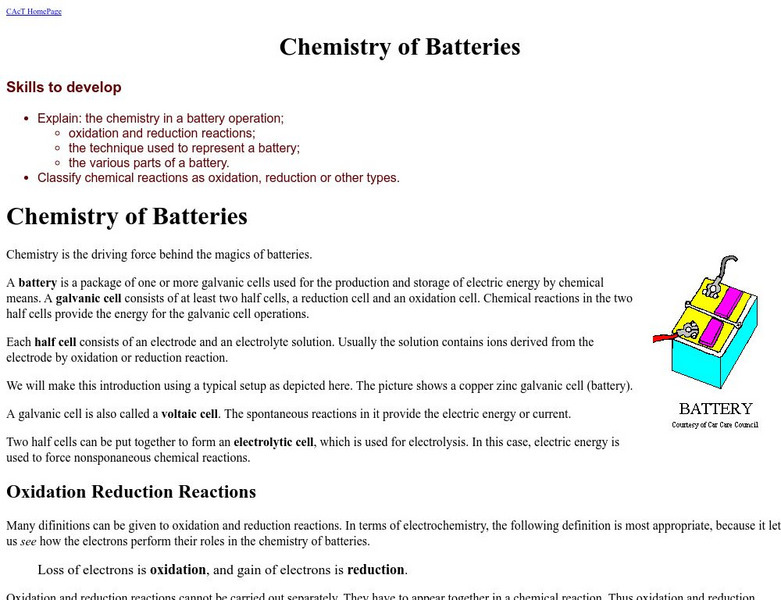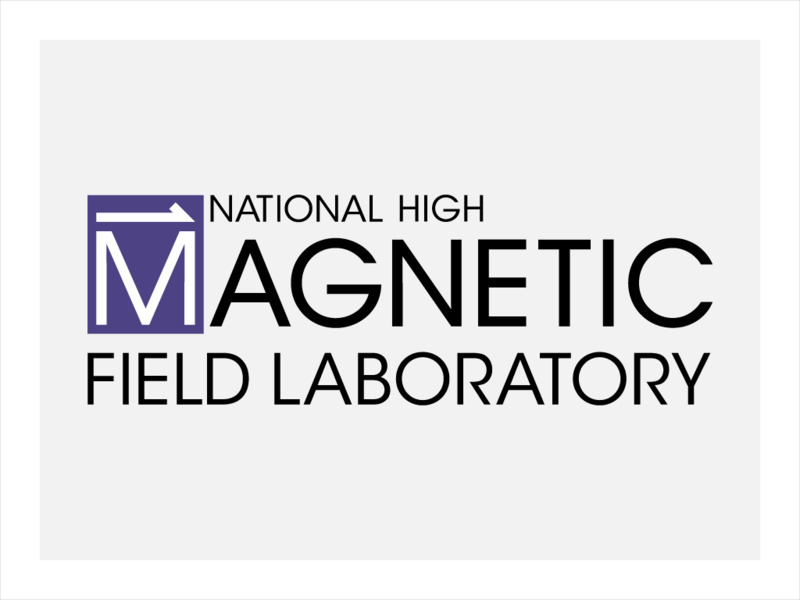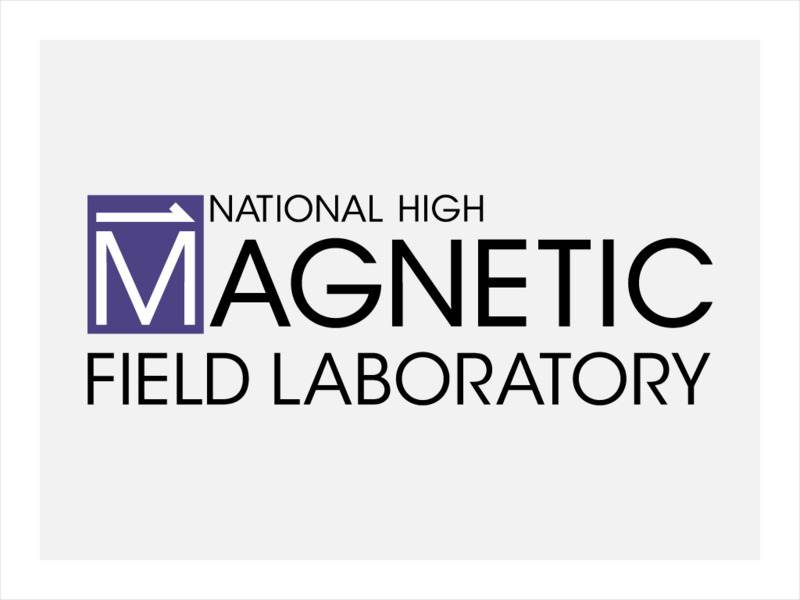Hi, what do you want to do?
University of Waterloo (Canada)
Computer Assisted Chem. Tutorial/chemistry of Batteries
A superb explanation of how a battery works. Discusses the associated chemistry which explains how a battery produces a voltage. Includes a series of "Confidence Building Questions."
University of Colorado
University of Colorado: Ph Et Interactive Simulations: Signal Circuit
Learn how electricity flows through a circuit by watching how the electrons move.
Other
California Energy Commission: Saving Time, Saving Energy
The California Energy Commission explains the history of Daylight Saving Time and why we "spring forward, fall back." There is lots of trivia included about time, a chart giving the start and end dates through 2015, and links to much...
Vocabulary University
My vocabulary.com: Physics: Electricity
This page offers three fill-in-the-blank puzzles using a wordlist of 36 words pertaining to Physics: Electricity. It also provides a Vocabulary Word List for Electricity (200).
Vocabulary University
My vocabulary.com: Physics: Electricity
This page offers three fill-in-the-blank vocabulary puzzles using a bank of 36 words on the topic of Physics: Electricity. It also provides an extensive electricity word list and also lists by levels: beginner, intermediate, and advanced.
Other
Westinghouse Electric Co.: George Westinghouse
A brief biography from the company that bears his name. George Westinghouse was a prolific inventor, and this biography recounts his many inventions, beginning with the air brake which greatly increased safety on the railroads.
Channel 4 Learning
4 L: Science Essentials: Get Physical
Find a review of many aspects of the physical world. Simple explanations of electricity, gravity, and the solar system. Included are materials for teachers to use for enrichment.
Florida State University
Florida State University: Magnet Lab: Discovery of Electromagnetism
Two scientists share the credit for discovering, and then interpreting, the phenomenon of electromagnetism.
Florida State University
Florida State University: Magnet Lab: What Is a Bus Room?
The MagLab's bus tunnel has an aluminum track, but it doesn't carry passengers: it carries electricity, up to 56 megawatts of it.
National High Magnetic Field Laboratory
Magnet Academy: Alternating Current
Alternating current behaves differently, depending on what components are in a circuit.
National High Magnetic Field Laboratory
Magnet Academy: Current Flow
This tutorial illustrates how the flow of water through a system of pipes can be used to understand the flow of current through an electric circuit.
National High Magnetic Field Laboratory
Magnet Academy: Capacitor
A capacitor is similar to a battery in that both store electrical energy. But a capacitor can't actually produce new electrons; it only stores them.
National High Magnetic Field Laboratory
Magnet Academy: Dc Motor
Electric motors turn electricity into motion by exploiting electromagnetic induction.
National High Magnetic Field Laboratory
Magnet Academy: Pixii Machine
This "magneto-electric machine" was the first to turn motion into electricity. (Java tutorial)
National High Magnetic Field Laboratory
Magnet Academy: Oersted's Compass
Recreate the discovery by Hans Christian Oersted about the relationship between electricity and magnetism in this very simple experiment.
National High Magnetic Field Laboratory
Magnet Academy: Wheatstone Bridge
This circuit is most commonly used to determine the value of an unknown resistance to an electrical current.
National High Magnetic Field Laboratory
Magnet Academy: Transmission Lines
Electricity goes through some ups and downs on its way from the power plant to your house. See how it works in this interactive activity.
National High Magnetic Field Laboratory
Magnet Academy: Oersted's Compass 1820
Compasses had been steering people in the right direction for many centuries when, in the year 1820, one particular compass made a very different sort of revelation to an unsuspecting Danish science professor.
National High Magnetic Field Laboratory
Magnet Academy: Wheatstone Bridge 1843
Read about the device used for measuring resistance in a circuit which was discovered in 1843, but had been invented a decade earlier. The inventor's name was not Wheatstone.
National High Magnetic Field Laboratory
Magnet Academy: Wimshurst Machine 1880
In the modern world, virtually everyone is familiar with electricity as an accessible, essential form of energy. In electricity's earlier days, scientists used the buildup and release of static electricity.
National High Magnetic Field Laboratory
Magnet Academy: William Gilbert
William Gilbert was an English physician and natural philosopher who wrote a six-volume treatise that compiled all of the information regarding magnetism and electricity known at the time. The work included descriptions of many of...
National High Magnetic Field Laboratory
Magnet Academy: William Thomson, Lord Kelvin
William Thomson, known as Lord Kelvin, was one of the most eminent scientists of the nineteenth century and is best known today for inventing the international system of absolute temperature that bears his name. He made contributions to...
National High Magnetic Field Laboratory
Magnet Academy: Nikola Tesla
Awarded more than 100 patents over the course of his lifetime, Nikola Tesla was a man of considerable genius and vision. He was reportedly born at exactly midnight during an electrical storm, an intriguing beginning for a man who would...
National High Magnetic Field Laboratory
Magnet Academy: Wilhelm Weber
Find out more about German physicist Wilhelm Weber, who developed and enhanced a variety of devices for sensitively detecting and measuring magnetic fields and electrical currents.
























